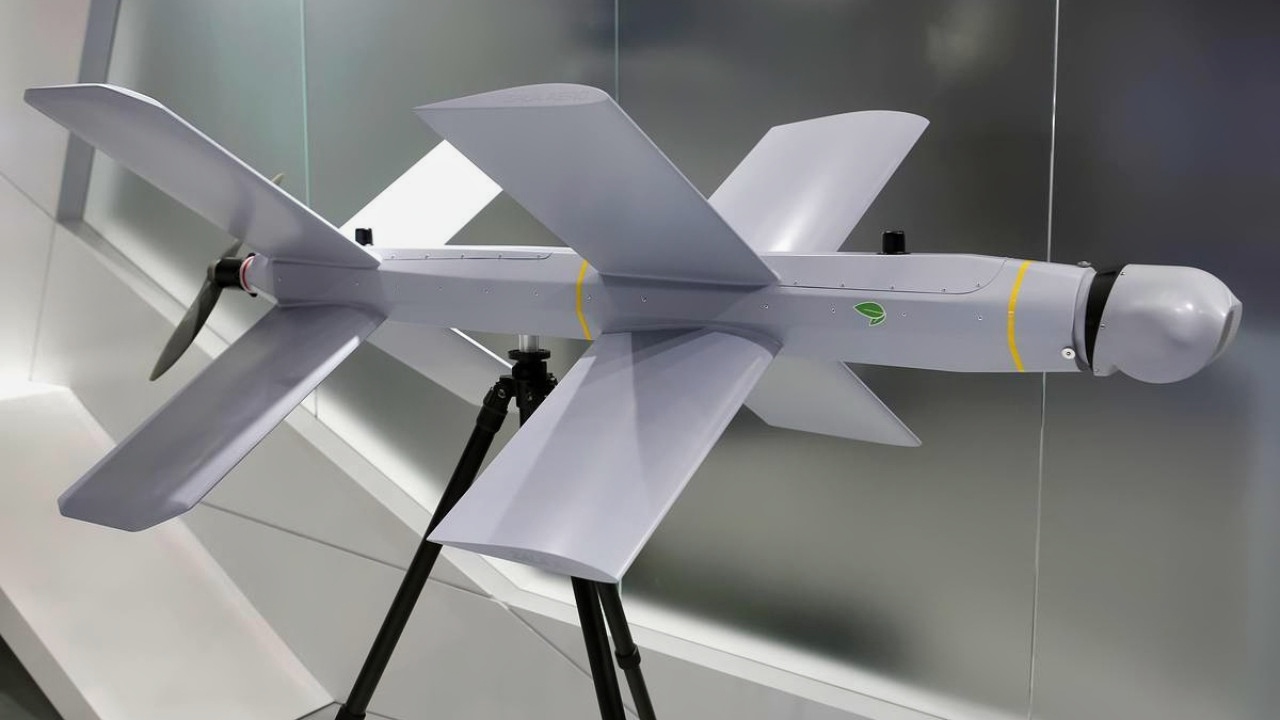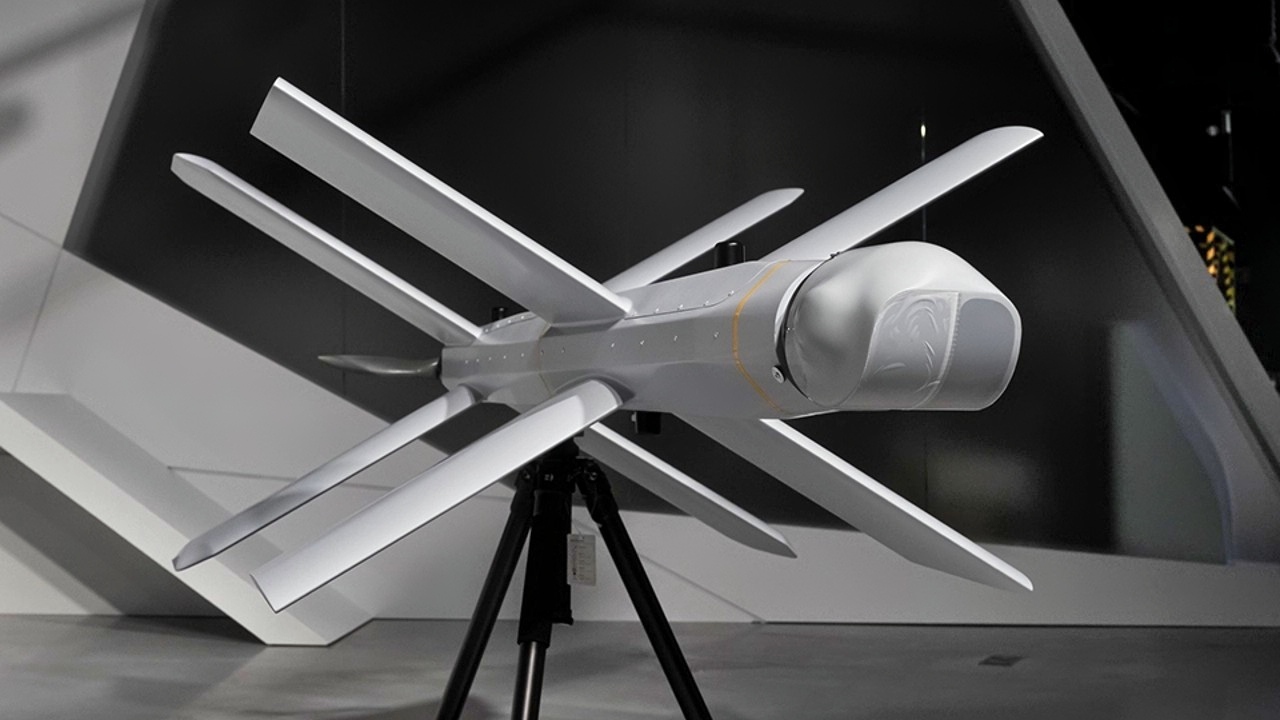Is Ukraine Really “Another Vietnam”?
-Author Stephen Silver examines whether U.S. support for Ukraine risks becoming “another Vietnam.”

Lancet Drone. Image Credit: Russian State Media.

Lancet Drone from Russia. Image Credit: Creative Commons.
-He notes recurring fears after Vietnam and Iraq, but argues key differences matter. Unlike Vietnam and Iraq, no U.S. combat troops are deployed; aid is financial, intelligence, and weapons, reducing domestic costs and polarization.
-He cites Harlan Ullman’s view that Ukraine echoes Vietnam’s guerrilla dynamics—Ukraine’s drones against Russia resemble insurgent tactics—and warns funding cuts could mirror South Vietnam’s collapse. Russia frames the war as America’s “second Vietnam,” while its own Soviet-Afghan defeat is a closer analogy.
-Ultimately, absent U.S. boots on the ground, “another Vietnam” is unlikely domestically.
Why the Vietnam Analogy Falls Short in Ukraine
For a couple of decades after the conclusion of the Vietnam War, a standard question asked of any new U.S. military intervention was whether there was a chance it could turn into another Vietnam. This was asked of the 1991 Persian Gulf war, for which the parallel didn’t end up holding. It would be asked again in the following decade, about the Iraq War, for which the comparison was apt.
After Iraq, the idea that the U.S. should avoid protracted wars in which U.S. lives are being lost for no defined end purpose was powerful enough to be taken up by both Barack Obama and Donald Trump, in their successful runs for the presidency.
Now, the question has been raised as to whether U.S. involvement in the war in Ukraine could turn into another Vietnam.
But there are, of course, big differences.
“Whispers of Vietnam”
This week, Harlan Ullman wrote an op-ed for The Hill arguing that, “In Ukraine, the whispers of Vietnam could soon become shouts.” Ullman is UPI’s Arnaud deBorchgrave Distinguished Columnist, as well as a senior advisor at the Atlantic Council.
“What did the U.S. learn from its Vietnam failures that it did not repeat in Afghanistan and Iraq three decades later?” Ullman asks.
The author points out some parallels between the situations of Vietnam and Russia-Ukraine, while noting that “after the 1954 division of French Indo-China into North and South Vietnam, Ukraine could be seen as a representation of either.”

M551 Sheridan Light Tank From U.S. Army. Image Credit: Creative Commons.
After providing a history lesson about U.S. involvement in Vietnam, which began in the early 1960s and ended in the mid-1970s with a U.S. retreat, Ullman notes the imperfect parallels between the situations, stating that, “Interestingly, Ukraine could be seen as either North or South Vietnam.”
“As North Vietnam was attacking the South with its cadre forces using guerrilla tactics until a conventional force could be mobilized,” Ullman writes. “Ukraine is hammering Russia with drone and missile attacks. Indeed, the way that Ukraine has immobilized Russia’s Black Sea Fleet with drones may be akin to guerrilla war at sea.”
And yes, Trump came back into office vowing to end the Ukraine war quickly and then not doing so and even escalating the conflict, much like Richard Nixon did in his first term.
In addition, South Vietnam fell in part because Congress stopped funding the war. The same thing could happen to Ukraine, should the U.S. turn off the funding spigot.
Another Vietnam, or Another Afghanistan?
Russia itself made the analogy, with officials saying in late 2023 that Ukraine would be America’s “second Vietnam.” The Kremlin’s spy chief, Sergei Naryshkin, stated that explicitly, predicting that “Ukraine will turn into a ‘black hole’ absorbing more and more resources and people.”
Russia’s equivalent, of course, is the Soviet invasion of Afghanistan, which also dragged on for years, and led to defeat, and ultimately the end of the Soviet Union. This analogy has been frequently raised as well, through Russia’s war in Ukraine.
There is, however, one big weakness in the Vietnam/Ukraine parallel.
No Boots
The U.S. interventions in Vietnam and Iraq shared a fundamental similarity: The U.S. had troops on the ground in those wars, and many of them were wounded or killed. The U.S. has not committed troops to Ukraine, nor is it likely that it will, with Trump ruling out the idea.
“You have my assurance, and I am president. I am just trying to stop people from being killed,” Trump said in August.
Sure, there is some fatigue among some Americans about money and weapons going to Ukraine. But that’s nothing compared to the social fissures and disruption that took place when American soldiers were fighting and dying daily in Vietnam.
That, itself, makes it unlikely Ukraine will go down as “another Vietnam,” or even another Iraq, for the United States.
About the Author: Stephen Silver
Stephen Silver is an award-winning journalist, essayist, and film critic, and contributor to the Philadelphia Inquirer, the Jewish Telegraphic Agency, Broad Street Review, and Splice Today. The co-founder of the Philadelphia Film Critics Circle, Stephen lives in suburban Philadelphia with his wife and two sons. For over a decade, Stephen has authored thousands of articles that focus on politics, national security, technology, and the economy. Follow him on X (formerly Twitter) at @StephenSilver, and subscribe to his Substack newsletter.
More Military
The B-21 Raider ‘Arsenal Plane’ Would Be Epic
China’s Aircraft Carrier Strategy: Stay Local, Stay Ready to Fight
Aircraft Carrier USS Theodore Roosevelt (CVN-71) Has A Message for Any Navy on Earth
Bad News for Putin’s Ukraine War: Russia Is Now Forced to Import Fuel
The Essex-Class Aircraft Carriers Have A Message for Any Navy on Earth










